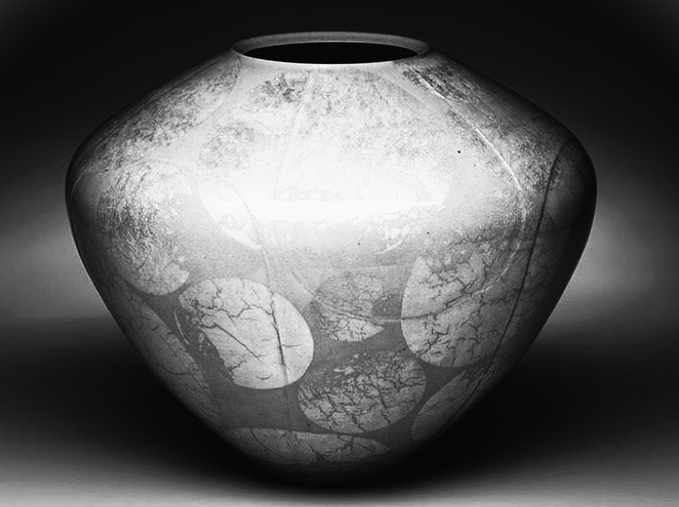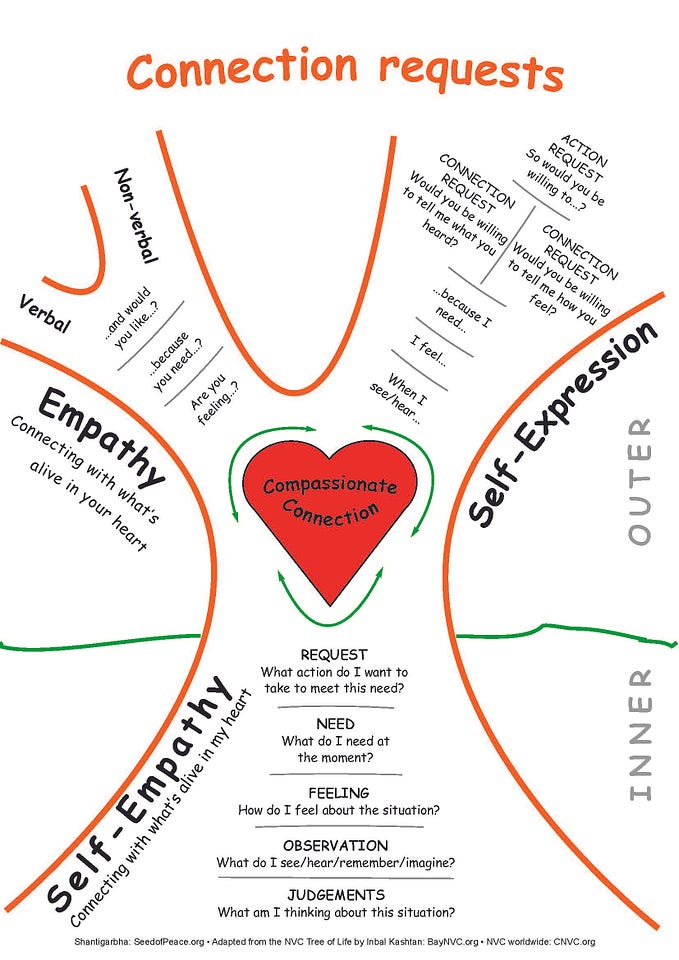Member-only story
10 Common Vegetation Indices and Their Applications in Remote Sensing
Vegetation indices are mathematical expressions that help to quantify the health, density, and vigor of vegetation from remote sensing data. They are widely used in various applications such as agriculture, forestry, ecology, and land management. Here are ten common vegetation indices and their applications:
Next article: Functions for 10 Vegetation Indices in Python, Matlab and R Languages
- Normalized Difference Vegetation Index (NDVI): NDVI is one of the most commonly used vegetation indices. It uses the difference between the near-infrared (NIR) and red bands to assess vegetation health. NDVI has applications in agriculture, where it can be used to monitor crop growth and detect drought stress.
- Enhanced Vegetation Index (EVI): EVI is an improvement over NDVI and accounts for atmospheric interference and soil background reflectance. It is particularly useful in areas with dense vegetation cover, where NDVI may saturate. EVI has applications in monitoring forest cover and tracking vegetation recovery after fires or other disturbances.
- Soil Adjusted Vegetation Index (SAVI): SAVI is similar to NDVI, but it includes a soil brightness correction factor to improve its accuracy in areas with varying soil reflectance. SAVI has applications in arid and semi-arid regions, where vegetation cover is low, and soil brightness can significantly affect vegetation detection.
- Transformed Vegetation Index (TVI): TVI is a variant of NDVI that enhances its sensitivity to vegetation changes. It is particularly useful in areas with low vegetation cover, where NDVI may not be sensitive enough. TVI has applications in monitoring vegetation changes in wetlands and other areas with low vegetation cover.
- Green Normalized Difference Vegetation Index (GNDVI): GNDVI is similar to NDVI, but it uses the green band instead of the red band. It is particularly useful in areas with vegetation that has a strong green color. GNDVI has applications in monitoring grasslands and other areas with low vegetation density.
- Modified Soil-Adjusted Vegetation Index (MSAVI): MSAVI is similar to SAVI, but it…








